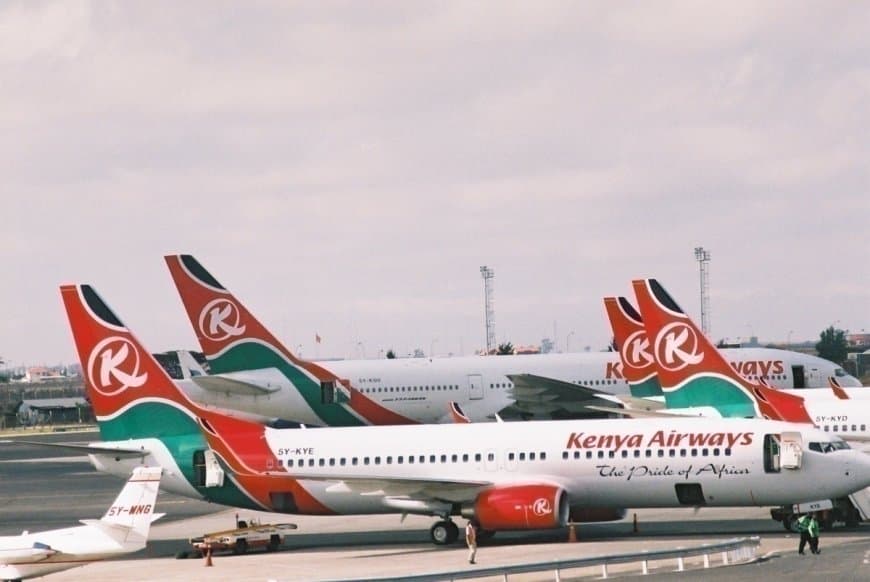Loading News Article...
We're loading the full news article for you. This includes the article content, images, author information, and related articles.
We're loading the full news article for you. This includes the article content, images, author information, and related articles.
Kenya Airways reported a KSh12 billion net loss for the first half of 2025 as three of its Dreamliners were grounded. Revenues dropped by nearly a fifth, passenger numbers fell and the airline reversed a profit from the same period last year despite cost-cutting measures.

Nairobi, Aug 27, 2025 — National carrier Kenya Airways PLC (KQ) has reported a KSh12 billion net loss for the six months ending June 30, 2025, blaming the grounding of three Boeing 787-8 Dreamliners — a third of its wide-body fleet — due to supply-chain disruptions and engine shortages.
Revenue: KSh75 billion, down 19% year-on-year.
Passenger numbers: Down 14% compared with H1 2024.
Available Seat Kilometres (ASKs): 6.7 billion vs 7.99 billion last year.
Operating result: KSh6.2 billion loss, a sharp reversal from the KSh1.3 billion profit in H1 2024.
Costs: Operating costs cut by 10%, but fleet-ownership expenses up 29% due to lease remeasurements and a new Boeing 737 acquisition.
Three Dreamliners sidelined by engine shortages disrupted long-haul routes.
One aircraft returned to service in July; the remaining two are expected back by year-end.
Reduced capacity cut KQ’s ability to serve profitable intercontinental routes, directly impacting yields.
Cost control: 10% cut in operating expenses, but outweighed by rising lease charges.
Capital raise: Plans for a strategic capital injection to reduce debt and bolster liquidity.
Fleet recovery: Priority is restoring Dreamliners to service to rebuild market share.
Operational efficiency drive: Ongoing initiatives in scheduling, fuel efficiency, and network optimization.
National symbol at risk: Kenya Airways is a key pillar of Kenya’s connectivity and tourism strategy. Losses threaten long-term viability without urgent restructuring.
Investor confidence: A sustained recovery hinges on the success of the capital raise and debt management.
Regional competition: Ethiopian Airlines and RwandAir continue to expand, intensifying pressure on KQ to restore long-haul capacity quickly.
Timing of Dreamliner returns and their impact on Q3/Q4 performance.
Details of the capital raise — structure, investors, and government role.
Possible renegotiation of leases or sale-and-leaseback deals to ease fleet-ownership costs.
Passenger demand trends as KQ balances pricing with capacity recovery.
Keep the conversation in one place—threads here stay linked to the story and in the forums.
Other hot threads
E-sports and Gaming Community in Kenya
Active 6 months ago
Popular Recreational Activities Across Counties
Active 6 months ago
Investing in Youth Sports Development Programs
Active 6 months ago
The Role of Technology in Modern Agriculture (AgriTech)
Active 6 months ago